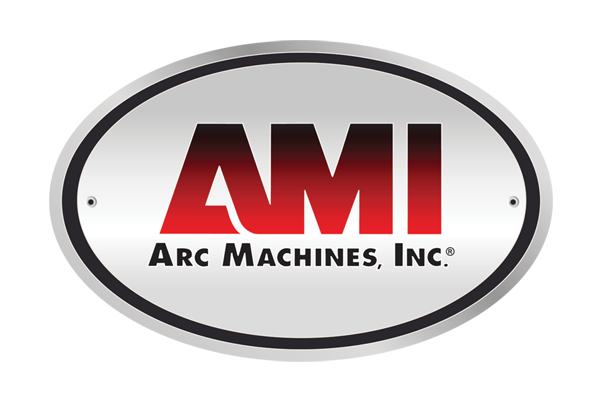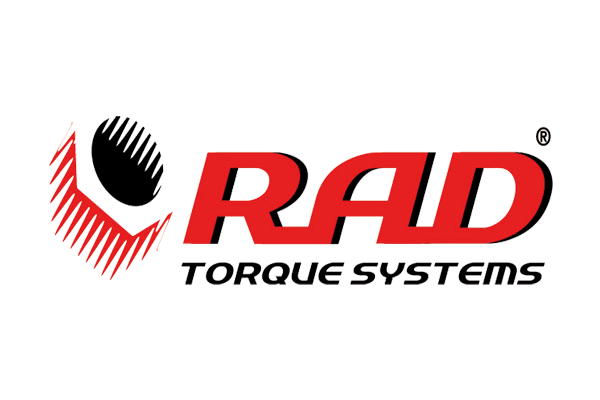How Automated Pipe Spool Welding Is Revolutionizing Projects
Automated pipe spool welding is transforming the landscape of industrial construction and manufacturing by significantly enhancing efficiency and precision. As projects demand higher standards and tighter deadlines, leveraging automation technologies allows companies to streamline their processes, reduce labor costs, and minimize human error. This innovative approach utilizes advanced robotics and sophisticated welding techniques that ensure consistent quality and reliability in pipe fabrication. By integrating automated systems into their operations, businesses not only improve productivity but also pave the way for safer working environments and enhanced project outcomes.
Let’s look at how automated pipe spool welding is revolutionizing projects and the benefits it brings to the table.
Increased Productivity
One of the most significant advantages of automated pipe spool welding is the remarkable increase in productivity it delivers. By automating the welding process, companies can drastically reduce the time required for tasks traditionally performed manually. Robotic systems can operate continuously, allowing for around-the-clock production without the need for breaks, which translates to meeting project deadlines more efficiently.
Furthermore, these automated systems can execute complex welding patterns with unparalleled speed and consistency, prompting faster assembly of pipe spools. This efficiency not only promotes speedier turnaround times but also enables teams to focus on other critical aspects of projects, ultimately leading to improved overall throughput. As a result, businesses can take on more projects simultaneously, giving them a competitive edge in the market.
Improved Quality Control
Automated pipe spool welding significantly enhances quality control throughout the fabrication process. By employing advanced sensors and real-time monitoring systems, these automated systems can instantly detect imperfections and deviations from desired specifications, allowing for immediate corrections. This level of precision not only ensures high-quality welds but also reduces the likelihood of costly rework or project delays.
Moreover, the consistency achieved through automation means that every weld meets stringent industry standards, fostering greater trust in the output. The integration of automated quality assurance processes also facilitates comprehensive documentation, providing detailed records of each weld. This traceability is essential for compliance and audits, thereby reinforcing confidence in the integrity of the final product. Enhanced quality control ultimately leads to increased customer satisfaction and better project outcomes.
Cost Efficiency
Implementing automated pipe spool welding not only yields significant productivity and quality improvements but also leads to substantial cost savings for businesses. By reducing the reliance on manual labor, companies can lower their labor costs, eliminating the expenses associated with training and turnover. Automation minimizes the risk of human error, which can result in material waste and costly rework; thus, projects stay on budget and on schedule.
The enhanced precision and predictability of automated processes ensure optimal use of materials, reducing scrap rates. With better resource management and streamlined workflows, businesses are able to achieve more within their budgets. Overall, these cost efficiencies contribute to a healthier bottom line, allowing companies to invest in further innovation and growth.
Enhanced Safety Measures
The integration of automated pipe spool welding significantly bolsters safety measures within industrial environments. Utilizing robotic systems to handle hazardous welding tasks greatly reduces the exposure of human workers to dangerous conditions, such as high heat or toxic fumes. Automation also minimizes the risk of accidents related to manual handling and equipment operation, as machines are designed to operate with precision and eliminate erratic human factors.
Automated systems often come equipped with advanced safety features, including emergency shut-off functions and real-time monitoring for potential hazards. This not only protects the workforce but also fosters a safety-first culture, where companies can prioritize employee well-being alongside productivity and efficiency. Ultimately, enhancing safety minimizes contributions to a more sustainable and responsible work environment.
Reduced Project Timelines
The implementation of automated pipe spool welding has a significant impact on reducing project timelines. Traditional welding methods often involve lengthy processes that can delay project completion. However, with automated systems, tasks that once took hours or days can be accomplished in a fraction of the time. These robotic welders can work tirelessly, adhering to tight schedules while maintaining high levels of precision and quality.
The ability to conduct multiple operations simultaneously allows project teams to overlap activities, effectively diminishing bottlenecks. The streamlined workflow and enhanced efficiency fostered by automation enable companies to meet deadlines consistently and take on new contracts more readily. As a result, businesses can respond to market demands swiftly, enhancing their competitiveness in an ever-evolving industry landscape.
Versatility in Application
Automated pipe spool welding showcases remarkable versatility across various industries, including oil and gas, construction, and shipbuilding. This adaptability allows companies to use these systems for a wide range of pipe sizes, materials, and complexities, accommodating diverse project requirements. Its ability to integrate easily with existing workflows and equipment further enhances its appeal, enabling businesses to implement automation without overhauling their entire operation.
Automated welding systems can be programmed for multiple tasks, from simple butt joints to more intricate configurations, offering flexibility in design and execution. This versatility ensures that companies remain agile and responsive to evolving industry demands, allowing them to diversify their project portfolios and enhance their market presence. Ultimately, this capability plays a crucial role in driving innovation and efficiency in the sector.
Future Trends in Automated Welding
As the landscape of automated pipe spool welding continues to evolve, several future trends are poised to shape its trajectory. One significant development is the increasing integration of artificial intelligence and machine learning, which allows welding systems to adapt and optimize processes in real time based on historical data and performance metrics. Furthermore, advancements in material science will enable the use of more diverse and lighter materials, challenging automated systems to maintain precision across various applications.
Additionally, the growing emphasis on sustainability will drive innovations that promote eco-friendly practices, such as reduced energy consumption and waste minimization. As technology advances, the industry will likely see greater collaboration between automation providers and end-users, fostering tailored solutions that enhance efficiency while addressing specific project challenges.
Automated pipe spool welding is not only revolutionizing the way projects are executed, but it is also setting new standards for efficiency, quality, and safety within the industrial sector. The benefits of increased productivity, improved quality control, cost efficiency, enhanced safety measures, reduced project timelines, and versatility in applications underscore the transformative impact of automation. As the industry continues to embrace future trends such as artificial intelligence and sustainability practices, businesses are well-positioned to enhance their competitiveness and ensure successful project outcomes.
If you’re looking for automated pipe spool welding, SEC Industrial has the expertise and experience to provide cutting-edge solutions for your projects. Contact us today to learn more about how we can help revolutionize your operations with automated pipe spool welding.








